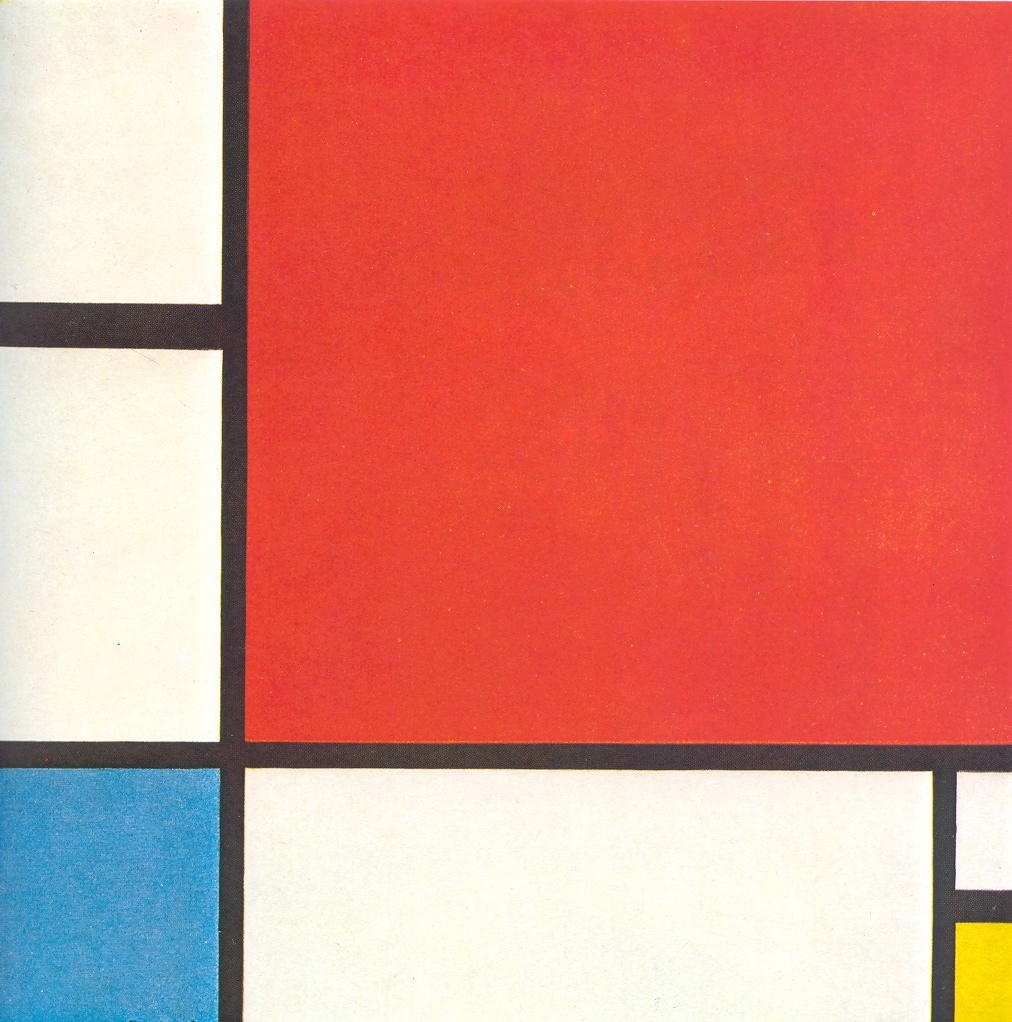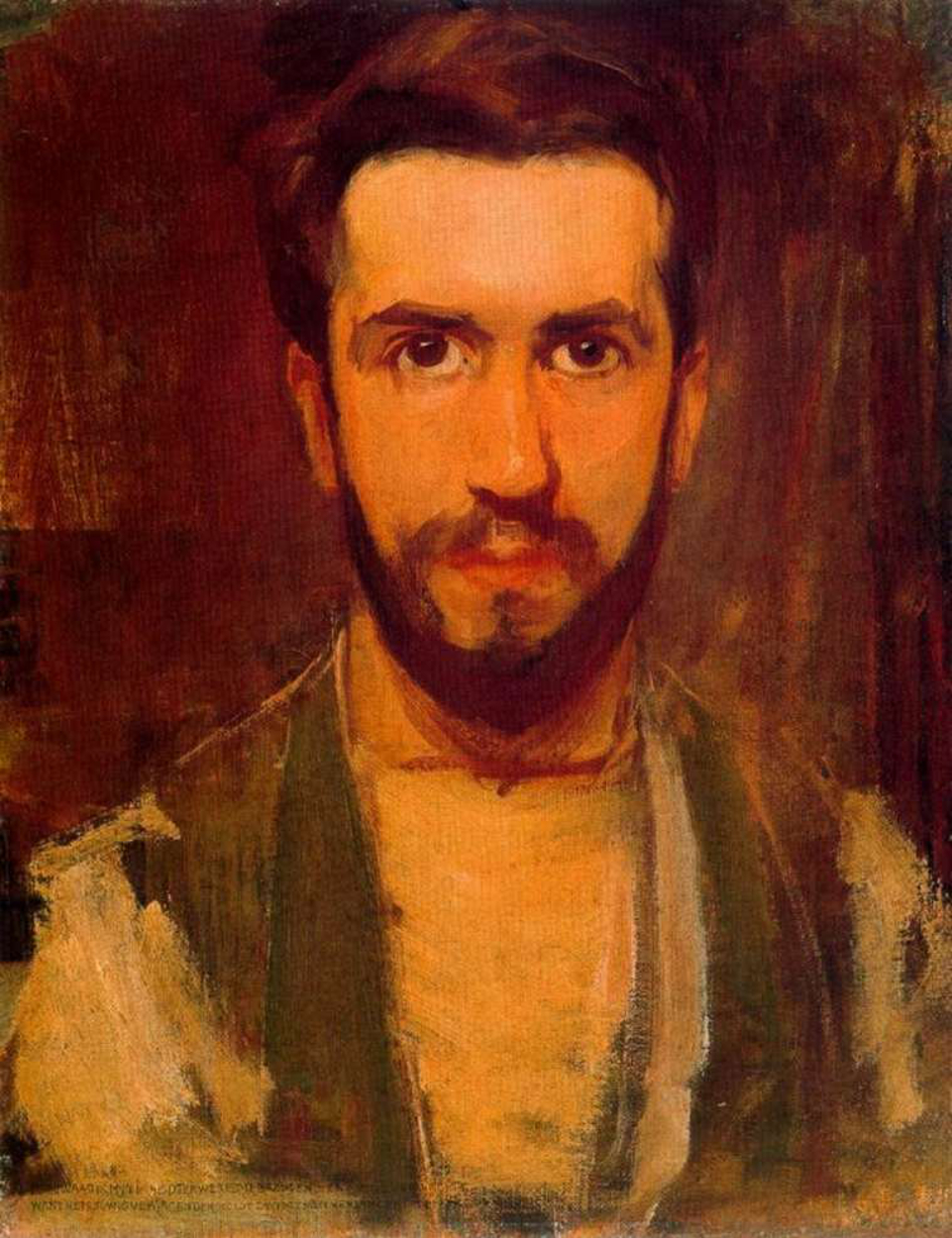March is full of events! We have a cooperation with Europeana (check DailyArt every Tuesday and every Sunday this month), Easter is ahead and it seems that many great artists were born this month.
Today we celebrate birthday of Piet Mondrian (born in 1872). He was a Dutch painter and contributor to the De Stijl art movement and group, which was founded by Theo van Doesburg. Mondrian evolved a non-representational form which he termed neoplasticism. In late 1919 and 1920 Mondrian began producing grid-based paintings, the style for which he came to be renowned began to appear. Composition with Red, Blue and Yellow is dominated by a large red rectangle. In this type, developed by Piet Mondrian in around 1930, the edge of the painting is delimited by two wide, sub-divided strips. The criss-crossing black bars are displaced far from the centre and meet in a corner at the bottom left. Deep blue and lemon yellow separated by whitish-grey surfaces form a counterpoint to the red. Like the Russian painter Kandinsky, Mondrian came to abstractionism via his work on landscape; yet what emerged was completely different from Kandinsky. Mondrian believed that art reflected the underlying spirituality of nature. In the construction of his pictures, Mondrian relied entirely on vertical and horizontal lines and the use of the primary colors. The aesthetic objective was to obtain an arrangement of balanced contrasts: non-colors/primary colors; vertical/horizontal. Mondrian sought to give expression to the ‘universal’ through the absolute harmony of the individual pictorial elements. He simplified the subjects of his paintings down to the most basic elements, in order to reveal the essence of the mystical energy in the balance of forces that governed nature and the universe.


 Piet Mondrian
Piet Mondrian